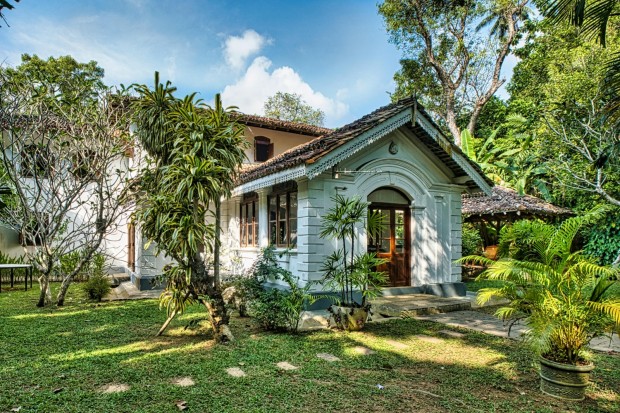The unavoidable nature of economic deterioration increases with population growth. To combat this, what actions can we take to make a difference in our ecosystem, particularly in the construction industry, which significantly contributes to the pollution that our planet experiences?
Learn about some of the approaches to building sustainable and eco-friendly homes.

(Photo : Pexels/Lyn Hoare )
1. Invest in Solar Panels
Solar energy is one of the most proven methods for lowering residential energy consumption. Installing solar panels on the top of your home will allow you to obtain clean, unadulterated energy directly from the sun, which will reduce the consumption of fossil fuels. However, it may take up to eight years to recoup the initial investment and begin producing savings.
Moreover, a well-maintained, south-facing, sunny roof is ideal for supporting the panels. Homeowners interested in switching to solar panels can take advantage of the positive financial aspects and funding various states offer.
2. Install a Smart Thermostat
It is recommended by Corey Silver, a real estate broker at Re/Max in Toronto, that you make use of a smart thermostat to keep track of your energy use and to adjust the temperature inside your home by utilizing a phone app and a wireless connection. He believes that even the most basic digital thermostats can have a significant effect on the amount of energy that is saved. A considerable advantage of this device is the ability to schedule energy needs based on high and low utilization periods, and you can do all of this on your smartphone!
3. Keep Energy Efficiency in Mind
Take advantage of sophisticated energy modeling tools throughout the design phase to analyze the most suitable layout for your environment. Insulation, window positioning, and ventilation design are all aspects considered during this procedure.
By intelligently including these components, you can build a home that reduces the dependence on air conditioning and heating systems. This will result in a reduction in the amount of power consumed and the expenditures incurred over time.
Also Read: Egypt Plans to Develop 1.1GW Wind Energy Project with $1.5 Billion Investment
4. Select Materials Carefully
The environmental impact of a residence is deeply influenced by the materials selected. By prioritizing sustainable, locally sourced materials, one may efficiently reduce the carbon emissions linked to transportation.
Recycled and recovered resources should be chosen whenever possible, and the internal energy of each product should be thoroughly evaluated. Additionally, this procedure considers the cumulative power needed for extraction, processing, transportation, and installation to identify materials with the least adverse environmental effects.
5. Choose Wooden Window Frames
Although the energy-saving benefits of double glazing are considerable, the Unplasticized Polyvinyl Chloride (UPVC) surrounds commonly used in conjunction with such windows can contribute significantly to pollution by emitting potentially hazardous compounds. Accordingly, wooden frames are more environmentally friendly than other options, and if they are properly maintained, they may be as long-lasting and hard-working as other materials.
6. Save Water With a Low-Flow Showerhead
Showers use less energy and water compared to baths. Choose a low-flow or aerated shower head for energy savings, and limit your shower time to a maximum of ten minutes to conserve both resources and energy.
Related Article: 6 Innovative Ways to Transform the Construction Industry Toward a Sustainable Future







